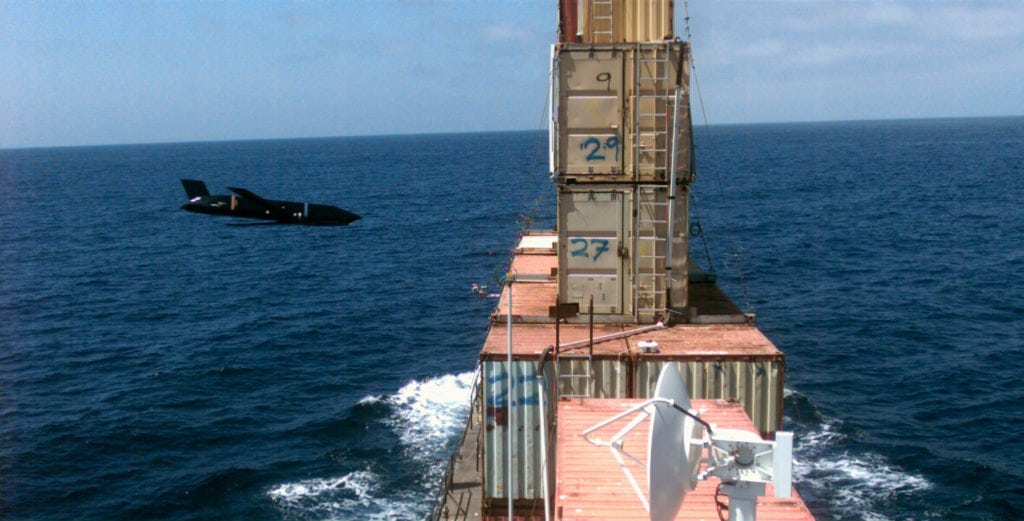
The anti-ship missile Lockheed Martin tested is based on the JASSM-ER. Photo courtesy of Lockheed Martin
Lockheed Martin successfully tested a production-configuration long-range anti-ship missile (LRASM) from a U.S. Air Force B-1B bomber. This marked the LRASM’s sixth successful test.
During the test, a B-1B from the 337th Test Squadron at Dyess Air Force Base, Texas, launched an LRASM over the Sea Range at Point Mugu, California, successfully impacting the maritime target and meeting test objectives.
LRASM is designed to detect and destroy specific targets within groups of ships by employing advanced technologies that reduce dependence on intelligence, surveillance and reconnaissance platforms, network links and GPS navigation in electronic warfare environments. LRASM will play a significant role in ensuring military access to operate in open ocean/blue waters, owing to its enhanced ability to discriminate and conduct tactical engagements from extended ranges.
LRASM is a precision-guided, anti-ship standoff missile based on the successful Joint Air-to-Surface Standoff Missile-Extended Range (JASSM-ER). The air-launched variant provides an early-operational capability for the U.S. Navy’s offensive anti-surface warfare Increment I requirement to be integrated onboard the U.S. Air Force’s B-1B in 2018 and on the U.S. Navy’s F/A-18E/F in 2019.